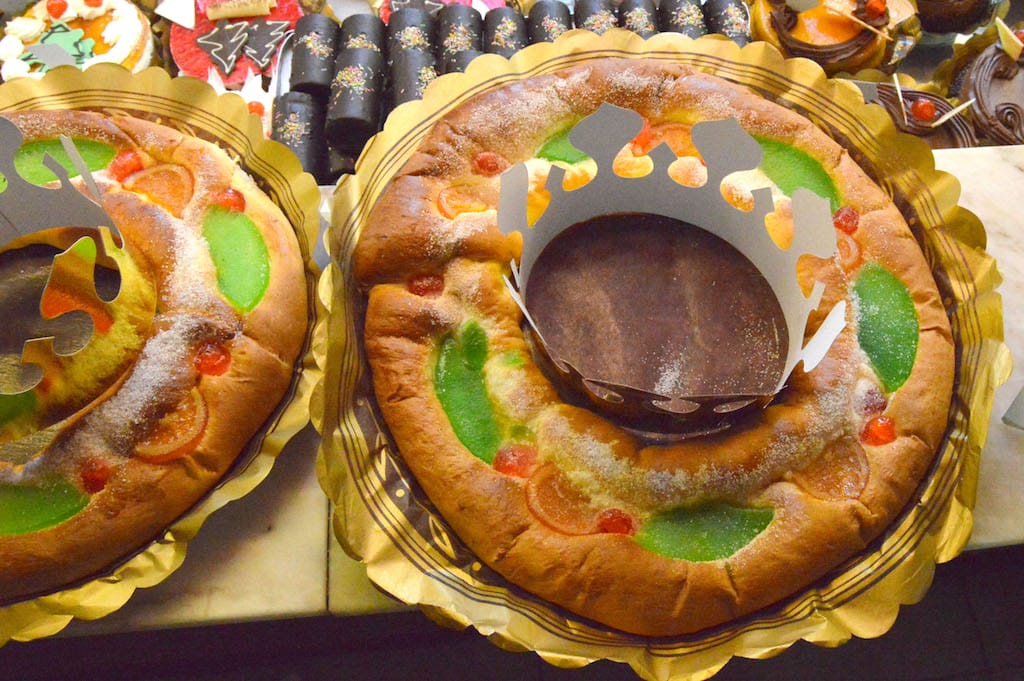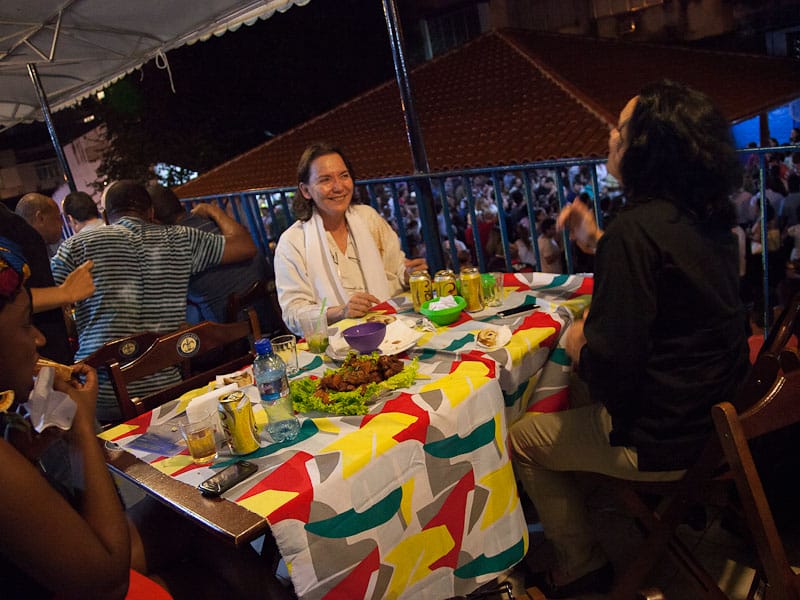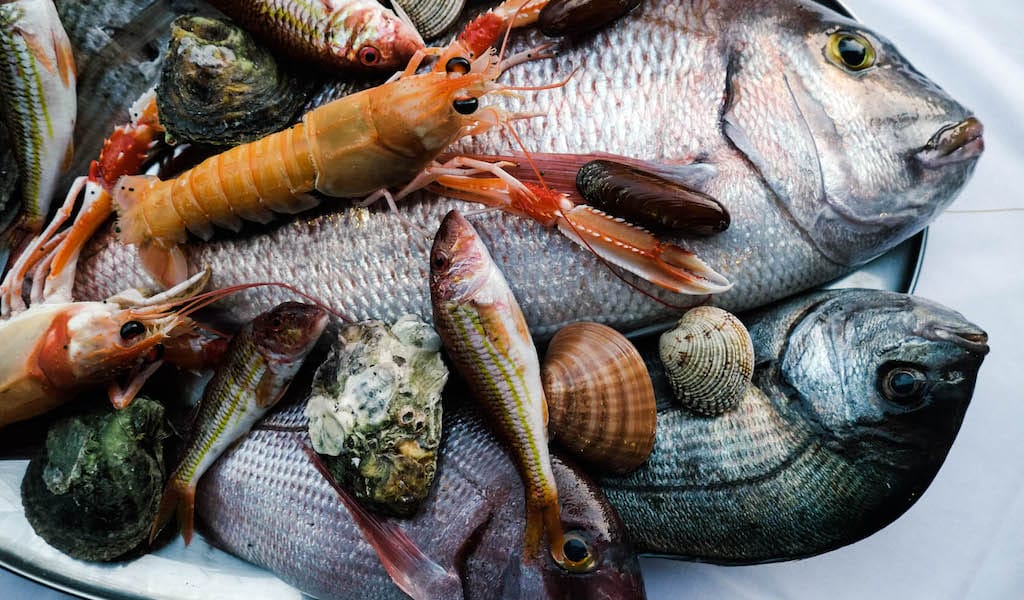Editor’s note: This is the second of our two-part series on kings’ cake. The first, on the version found in Mexico City, appeared yesterday.
Today is Día de Reyes (Kings’ Day), also known as Epiphany, and in Catalonia, as in many places with Catholic traditions, we celebrate the Magi’s visit to the baby Jesus with a tortell de reis (roscón de reyes in Spanish), or kings’ cake. Most people purchase the tortell at a bakery and eat it for dessert at the end of their family lunch on Dia de Reis, as it’s called in Catalan. The Gremi de Pastisseria de Barcelona, a Catalan association of professional bakers, estimates that the number of tortells sold in Catalonia in 2009 was 800,000, and that this year, the figure will reach 850,000.

The cake is made of brioche and shaped like a crown, filled with marzipan made from marcona almonds, wonderfully fragrant with orange-flower water and studded with jewel-like candied fruit – such as orange, cherries, melon or quince – as well as pine nuts and sugar. Hidden inside are a couple of surprises: whoever finds the dried fava bean pays for the cake (we tend to exempt recipients, especially children, from this obligation these days), and whoever finds the king figurine is declared king for the day and wears the gold paper crown that comes with the cake.
The tortell tradition is a very old one – even older than it might seem. In Spain and Catalonia, according to the 12th-century Costumari Català, by Joan Amades, and the 14th-century El Carnaval, by Pio Baroja, whoever found the bean in the roscón was declared “el Rey de la Fava,” the King of the Bean. This person – usually a child – could represent the family in the church that night. The tortell’s origins go back even further, however, to ancient Rome: for the Saturnalia, a celebration of the winter solstice dedicated to the god Saturn, cakes were made with dried figs, dates and honey and a dried bean hidden inside.
To find out how modern-day tortells are made in Barcelona, we visited the obrador, or workroom, of Pastisseria Mas in Guinardó. This bakery, opened in 1972, is run today by Oscar Hernandez and specializes in traditional Catalan sweets, such as tortells or panellets, but also makes treats with a more international flavor, like macarons and cupcakes. We like the 1970s feel of the place, the traditional style of the baked goods and the high quality of the ingredients in the tortells.
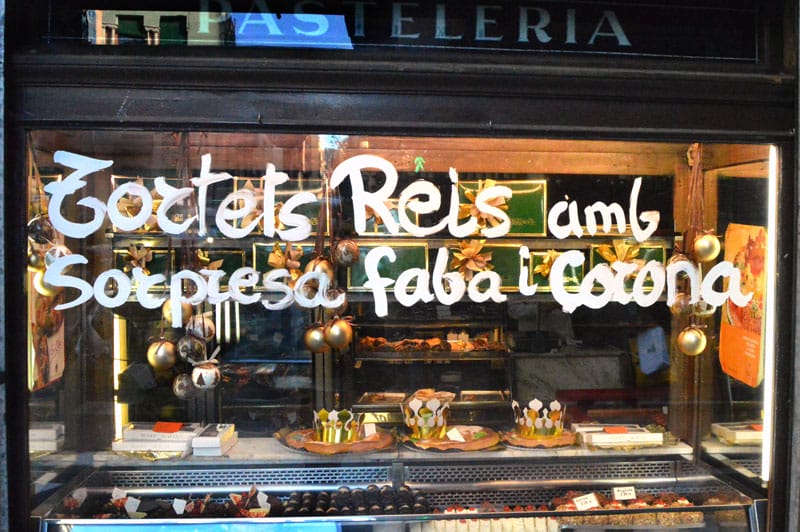
Pastisseria Montserrat, in Gràcia, established in 1870, is one of the oldest in Barcelona and has kept its beautiful original interior intact. This institution makes tortells in three different sizes, all carefully made from excellent ingredients. Its flavors are among the most traditional in the city.
This feature was originally published on January 6, 2014.
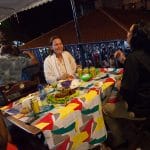 August 17, 2016 Renascença Clube
August 17, 2016 Renascença Clube
In the middle of the last century, upwardly mobile Afro-Brazilians were vexed by the […] Posted in Rio November 11, 2013 Taxidevontas
November 11, 2013 Taxidevontas
In Piraeus there is a tacit agreement among locals to keep treasured taverns and […] Posted in Athens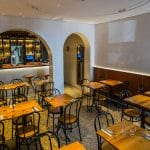 March 29, 2019 Cacué
March 29, 2019 Cacué
José Saudade e Silva always knew, deep down, that he wasn’t cut out for tedious office […] Posted in Lisbon
Published on January 06, 2015
Related stories
August 17, 2016
RioIn the middle of the last century, upwardly mobile Afro-Brazilians were vexed by the city’s segregated social scene. Even as they became lawyers and doctors and had the purchasing power to buy into some of the city’s finer establishments, the social clubs of the city, where a carioca could dance, play sports and mingle, would…
November 11, 2013
AthensIn Piraeus there is a tacit agreement among locals to keep treasured taverns and restaurants hidden, lest they be overrun by the tourists arriving on the cruise ships that dock in town. This is particularly true of Keratsini, a neighborhood on the outskirts of the port city. In 1922, Keratsini became home to Greek refugees…
March 29, 2019
LisbonJosé Saudade e Silva always knew, deep down, that he wasn’t cut out for tedious office life. So one day in 2014, after studying marketing and working a 9-to-5 job in that same field, he bought a one-way ticket to Oslo, where he had some friends. He didn’t exactly know how he would make a…







































